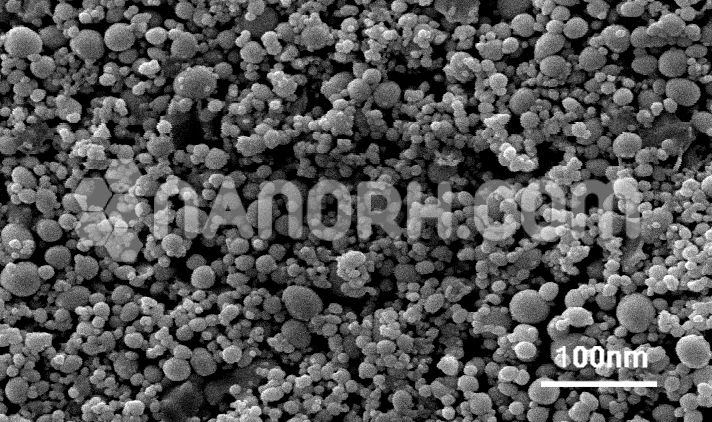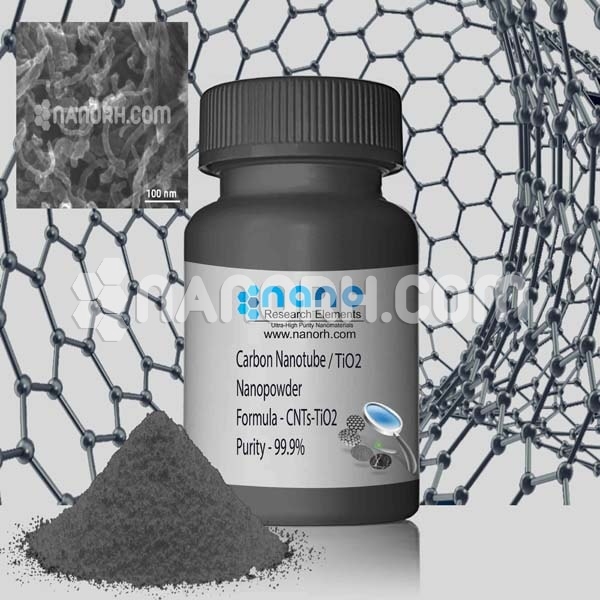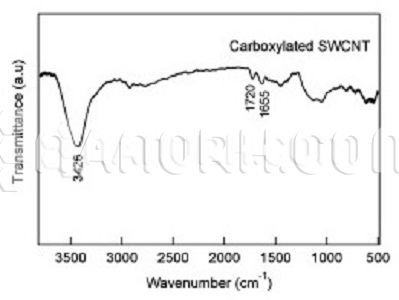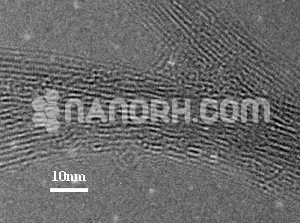Graphene Boron Nanoparticles / Graphene Boron Nanopowder
The product is composed of highly electric conductive graphene and nickel magnetic nanopowder. The nickel magnetic nanopowder/nanoparticles can not only prevent dispersed graphene from agglomerating, but also exhibit a synergetic effect with graphene. Mixing the two conductive products, it can effectively improve the electrical conductivity, thermal conductivity, and mechanical properties; effectively enhance tensile strength, hardness, and elastic modulus characteristics, and provide higher electrode conductivity and stronger electrode mechanical strength and adhesive attraction. Also, can obtain magnetic nano-materials in the application of magnetic recording and coatings.
| Graphene Boron Nanoparticles | |
| Product No | NRE-39002 |
| CAS No. | NA |
| Purity | >99wt% |
| Average Diameter | 1 μm – 12 μm |
| Average Length | NA |
| Special Surface Area(SSA) | 500 – 1200m2/g |
| Tap Density | NA |
| True Density | NA |
| Electric Conductivity | 1000-1500 S/M |
Graphene Boron Nanoparticles
Potential Applications: screen displays, electric motors, sensing devices, aerospace and automotive devices, body armor and tear-resistant cloth fibers and textile products, sports equipment. Serve as a conductive metallic or semiconductor, conductive films in coatings, plastics, certain bioscience applications, solar and electronic applications, additives in polymers, catalysts, electron field emitters for cathode-ray lighting elements, flat panel display, gas-discharge tubes in telecom networks, electromagnetic-wave absorption, and shielding, energy conversion; lithium-battery anodes, hydrogen storage, nanotube composites (by filling or coating), nanoprobes for STM, AFM, and EFM tips, nanolithography; nanoelectrodes, drug delivery, sensors, reinforcements in composites, supercapacitor. And, other application: (1) additives in polymers; (2) catalysts; (3) electron field emitters for cathode-ray lighting elements; (4) flat panel display; (5) gas-discharge tubes in telecom networks; (6) electromagnetic-wave absorption and shielding; (7) energy conversion; (8) lithium-battery anodes; (9) hydrogen storage; (10) graphene composites (by filling or coating); (11) graphene for STM, AFM, and EFM tips; (12) nanolithography; (13) nanoelectrodes; (14) drug delivery; (15) sensors; (16) reinforcements in composites; (17) supercapacitor.




